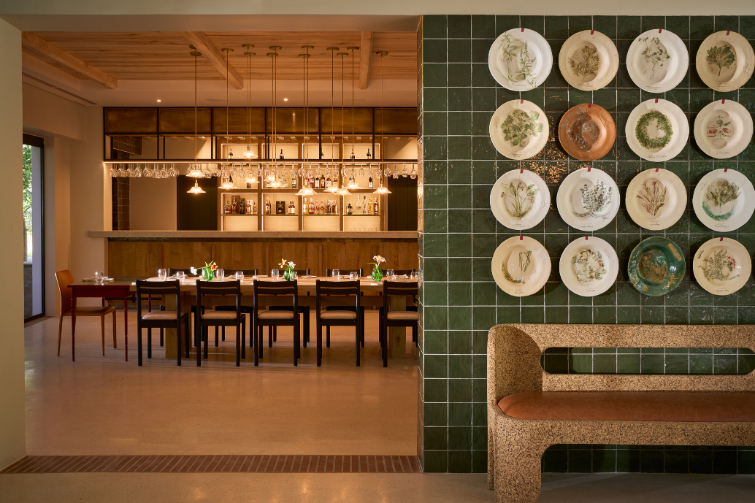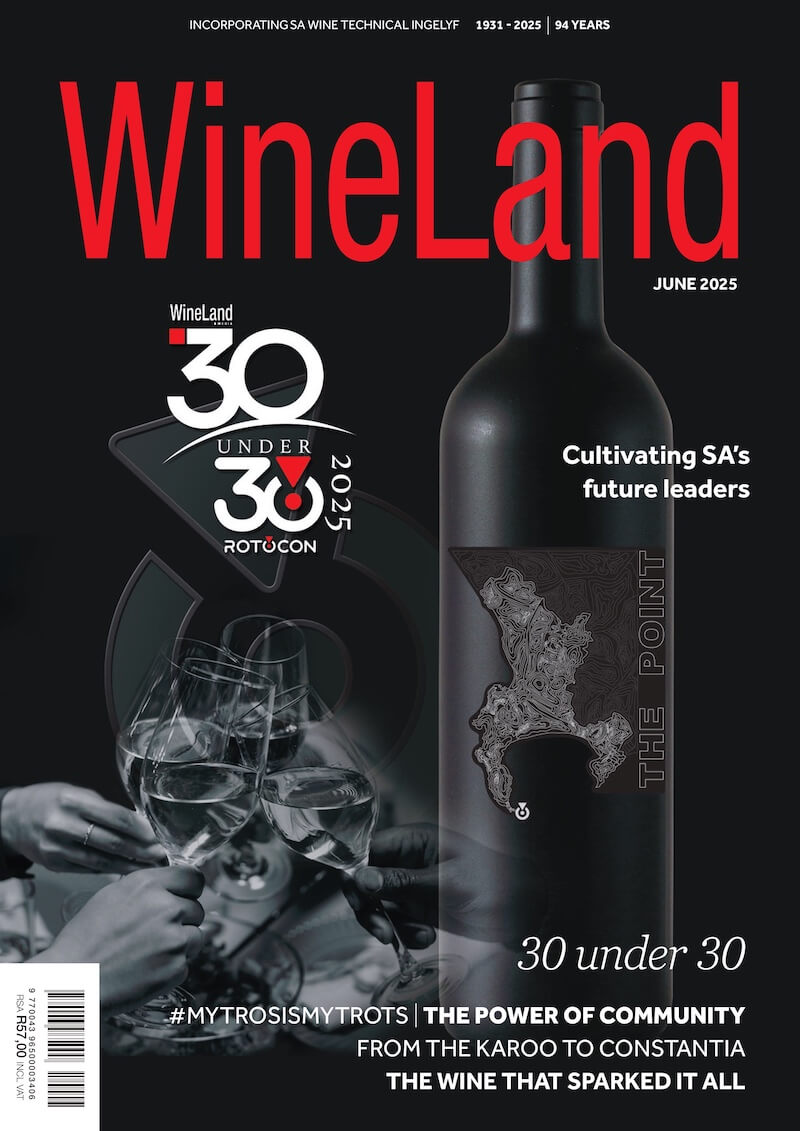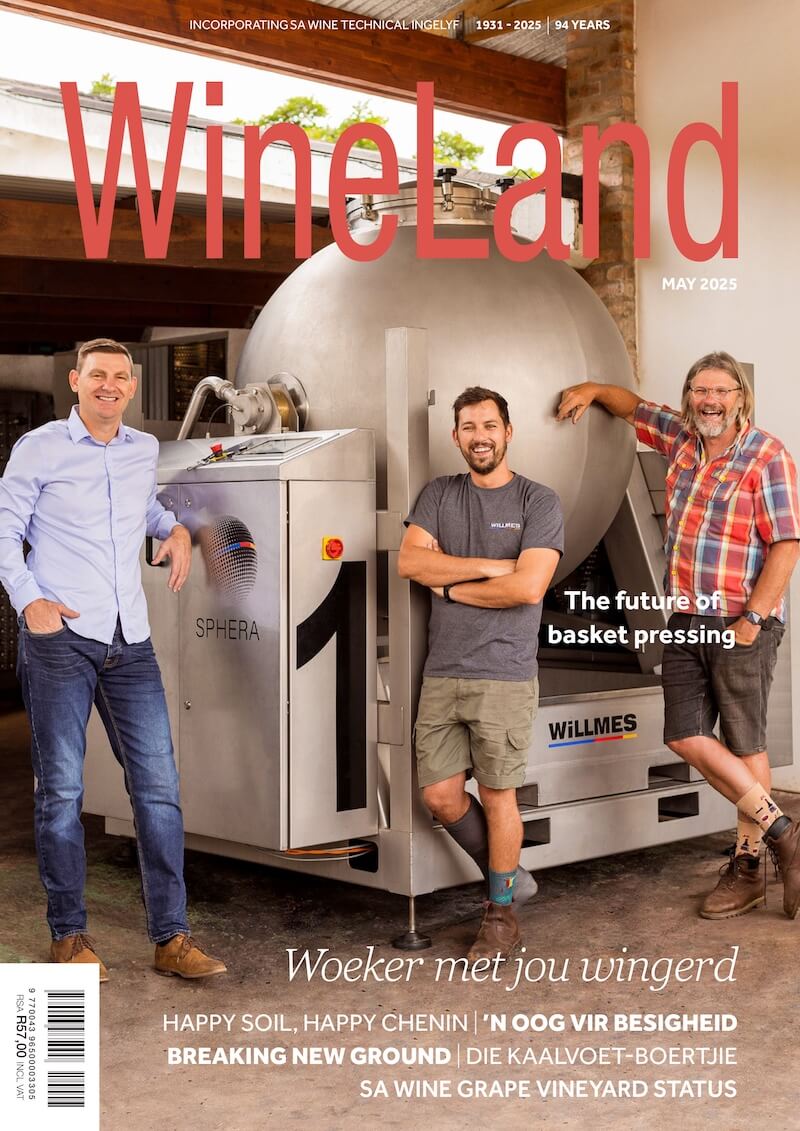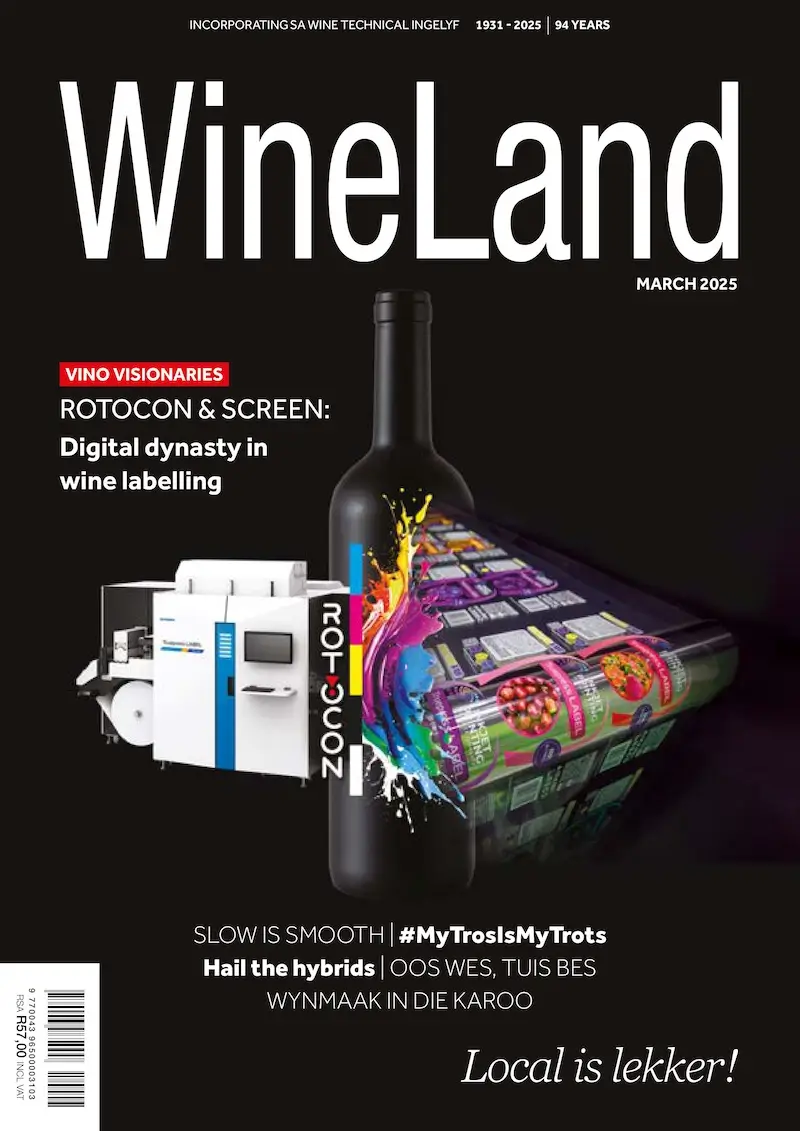Paul Clüver Family Wines recently hosted Professor John Compton to discuss the geological history and significance of the Elgin basin. Elgin is a cool climate region known for exceptional Chardonnay and Pinot Noir, but despite its rocky niche, the valley shares a fragile ecosystem with other parts of the Cape.
John S. Compton is emeritus associate professor at the Department of Geological Sciences at UCT. Born and raised in the San Francisco Bay area, he completed his PhD in Earth Sciences at Harvard University, and lectured at the School of Marine Science in South Florida before joining UCT in 1996. Prof Compton has a special interest in communicating the science of geology to a general public. He has authored multiple books, including the most recent Interpreting Earth: A history of geology through encounters with Table Mountain.
“South Africa is famous among geologists for its rocks,” John says. “There are few other places on earth with such a variety and such an amazing geological history.”
This rich geological history isn’t only of interest to geologists, but to agriculturists and winemakers specifically, especially here in the Elgin basin. “A deeper understanding of the place where we live makes us feel more connected with it, and it becomes more meaningful.”

Prof John S Compton explains the geography of the Elgin Basin.
Sandstone pockets
It’s no exaggeration to say geology is foundational to viticulture. Although the rocks aren’t always visible, many of a farm’s visible features – including the soils – are ultimately a product of the unseen geology below. “The soil type is linked to the bedrock,” John says. “Whether it’s granite, sandstone or shale will give you different soils, which in turn supports different plant biomes.”
One distinctive feature of the Western Cape is the series of mountain chains that make up the Cape Fold Belt. These mountains run east-west between Port Elizabeth and Cape Town, and north as far as Vanrhynsdorp. The Elgin Basin is on the junction where the mountains seem to make a sharp turn. “It’s the same rocks and the same mountain range, but it makes this odd 90-degree elbow-turn,” John says. “The Elgin Basin sits in what is called the ‘Fold syntaxis’ which is defined by this junction.”
Flanked by the Bot River valley and estuary to the east and False Bay and Somerset West/Gordons Bay to the west, this bowl-shaped Elgin valley is encircled by the Groenlandberg (rising more than 1200 m above sea level), Hottentots Holland, and Kogelberg mountain ranges.
The inside rim is mostly sandstone (the Nardouw Group), which is very resistant to erosion. “The problem with these higher elevations is that it’s usually sandstone – and good luck growing anything other than Fynbos flowers there!”
The valley floor (200-350 m above sea level) is part of the Bokkeveld Group, which consists of mostly shale and siltstone. “This rock weathers more readily and produces a finer grain, more nutrient-rich soil.”
The role of erosion
The Bokkeveld shale resembles the much older Malmesbury shale, prevalent in areas such as Stellenbosch and Wellington. “The Swartland is based on deeply weathered Malmesbury, which gives a very good clayey, rich soil which is good for a lot of crops,” John says.
As a side note, John explains the Cape Flats is essentially wind-blown dune sand that covers good agricultural Malmesbury shale under several meters of quartz sand and calcareous shell fragments, which is not ideal for crops. “The dune sand was also difficult to cross in ox-wagons, which prompted people to plant Rooikrans and Port Jackson in an attempt to stabilise it. Unfortunately these alien species didn’t remain there.”
Table Mountain was once part of a continuous sand deposit that had been buried, heated and transformed into hard sandstone. This sandstone was deformed by continental collisions that lifted and folded the mountains, which were then eroded over hundreds of millions of years. “Table Mountain is what we call an erosional outlier, just like Riebeek Kasteel and Piketberg,” John explains. “Malmesbury shale erodes much more readily.”
“People are often surprised that granite also erodes faster than sandstone. While sandstone is a very pure quartz, a mineral that’s very hard and doesn’t react to CO2, which is the main acid in the atmosphere that weathers rocks. Granite is mostly made up of feldspar, which is susceptible to CO2.”

The geology of Table Mountain
Rocks to plants
While the landscape varies dramatically according to the underlying rock types, there’s also a relationship between the flora and the bedrock from which soil is derived.
“When you look at the vegetation types and soils, there’s a direct correlation,” John says. “For instance, Malmesbury shale around Signal Hill has Renosterveld right next to Table Mountain sandstone which has sandstone Fynbos. Table Mountain sandstone is very acidic since the quartz doesn’t react with CO2, and without CO2 to neutralise the acid through weathering, the soil pH goes down and becomes more acidic.”
“In contrast, the dune sand still has fragments of shell that has been blown with the sand, which reacts readily with CO2 and gives an alkaline soil. So the type of plants that grow in the different environments are directly related to the types of soils and their chemistry, and which plants have adapted to it.”
Human impact
The more attractive and accessible soils naturally draw agriculture, but it has also led to the gradual disappearance of natural biomes such as the Renosterveld that typically grows on shale. “Because people have been farming these areas for so long, we know very little about the original plant communities that grew on these soils,” John says. “The Elgin Basin is one of those that has been heavily impacted. This underscores how important it is for farmers to be aware of their effect on indigenous plant communities and work to mitigate that impact. When producers get together and coordinate their conservation efforts, you get these conservation corridors that make the activities more sustainable and ultimately better for the farmers in terms of biodiversity.”
De Rust Estate, home of Paul Clüver Family Wines, was one of the first farms in South Africa to enter into a stewardship contract agreement with CapeNature to conserve its indigenous Elgin Shale Fynbos, Western Ruens Shale Renosterveld and Kogelberg Sandstone Fynbos. Dr Paul Clüver was central to the development of Groenlandberg Conservancy as founding Chairman in 1998. Over half of the property’s 2 400 ha is devoted to conservation.













